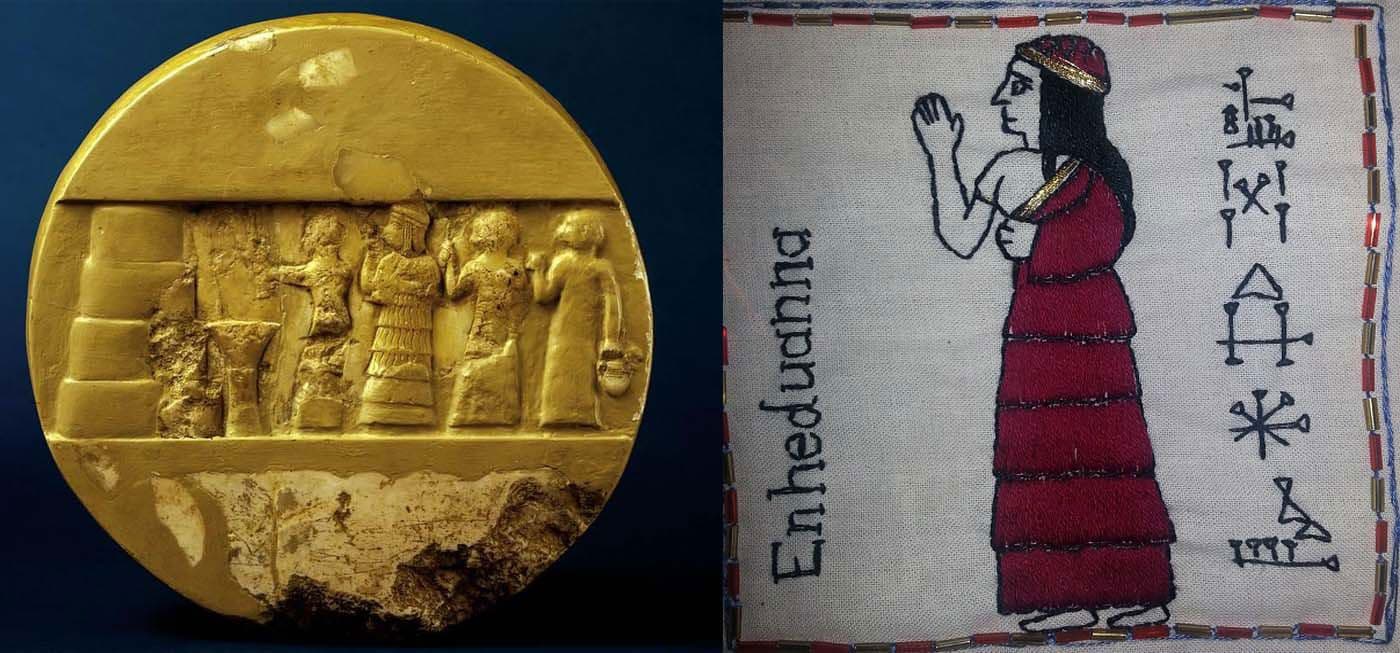
Celebrated annually on March 21, World Poetry Day celebrates one of the most valuable forms of cultural and linguistic expression and identity. Throughout history, poetry has been an integral part of society. It can be found in every culture and on every continent. Poetry is an expression of our common humanity and common values, turning the simplest poems into a powerful catalyst for dialogue and peace.
UNESCO proclaimed March 21 as World Poetry Day during the 30th General Conference in Paris in 1999 with the aim of supporting linguistic diversity through poetic expression and enabling endangered languages to be heard.
World Poetry Day is an occasion to honor poets, revive oral traditions of poetry readings, increase interest in reading, writing and teaching poetry, promote rapprochement between poetry and other art forms such as theater, dance, music and painting, as well as provide wider coverage of poetry in the media. Poetry continues to unite people from all continents.
ORIENT joins the celebration of World Poetry Day with a reminder of the very first poems preserved in the history of mankind.
The oldest poet is considered the daughter of the Akkadian king Sargon -Encheduanna. She lived 43 centuries ago and was the high priestess of the Moon deity in the Sumerian city of Ur. Her name translates as "high priestess, decoration of heaven" ("En" — high priestess, "Hedu" — decoration, "Anna" — heaven).
The Akkadian princess is the earliest known author of literary works in the world. That is, she was, in fact, the first non-anonymous poet in world literature and wrote, introducing herself to her potential reader: "I, Encheduanna…” Before her appearance, Sumerian writings, mainly of an inventory nature, were not signed, but were anonymous.
At least 53 surviving hymns are attributed to her authorship. These hymns are among the oldest examples of poetry in the history of humanity. They are difficult to understand and appreciate without being well acquainted with ancient Sumerian mythology. However, sometimes in these hymns there are lines that have not lost their charm for forty-three centuries.
This is how Encheduanna describes the paradise landscape on the slopes of Mount Ebih:
Pairs of lions walk in the shade
Under the long bends of branches,
Gray-haired sheep
And big-eyed heifers
Without a shepherd have wandered up the hill,
Leaving wild
Grass bulls, swaying, tickle their feet,
Moon-horned tours
Are loved in the midst of cypresses.
Encheduanna was not just a loving daughter, but also a faithful assistant to her father. Traveling through the cities of the empire, she helped King Sargon of Akkad strengthen political power and unite Sumerian city-states.
A large alabaster disk has been preserved, which depicts the high priestess during a ritual offering in the temple. The temples of those times were not only religious, but also educational centers: priests and priestesses were the guardians of wisdom and mentors of sciences and arts in Mesopotamia.
The cuneiform inscription on the back of the disc states that it depicts the Encheduanna. Cuneiform greatly influenced the development of Mesopotamia. If we compare the appearance of printed texts in different civilizations, we will see that in Europe, printing was invented by Johann Gutenberg in the middle of the XV century, in the Far East, texts from wooden rollers with carved hieroglyphs began to be transferred to paper scrolls around the IX century, and in Mesopotamia already in the XXIII century BC (!) were used marble stones with cuneiform images, which were imprinted into wet clay tablets.
ORIENT
